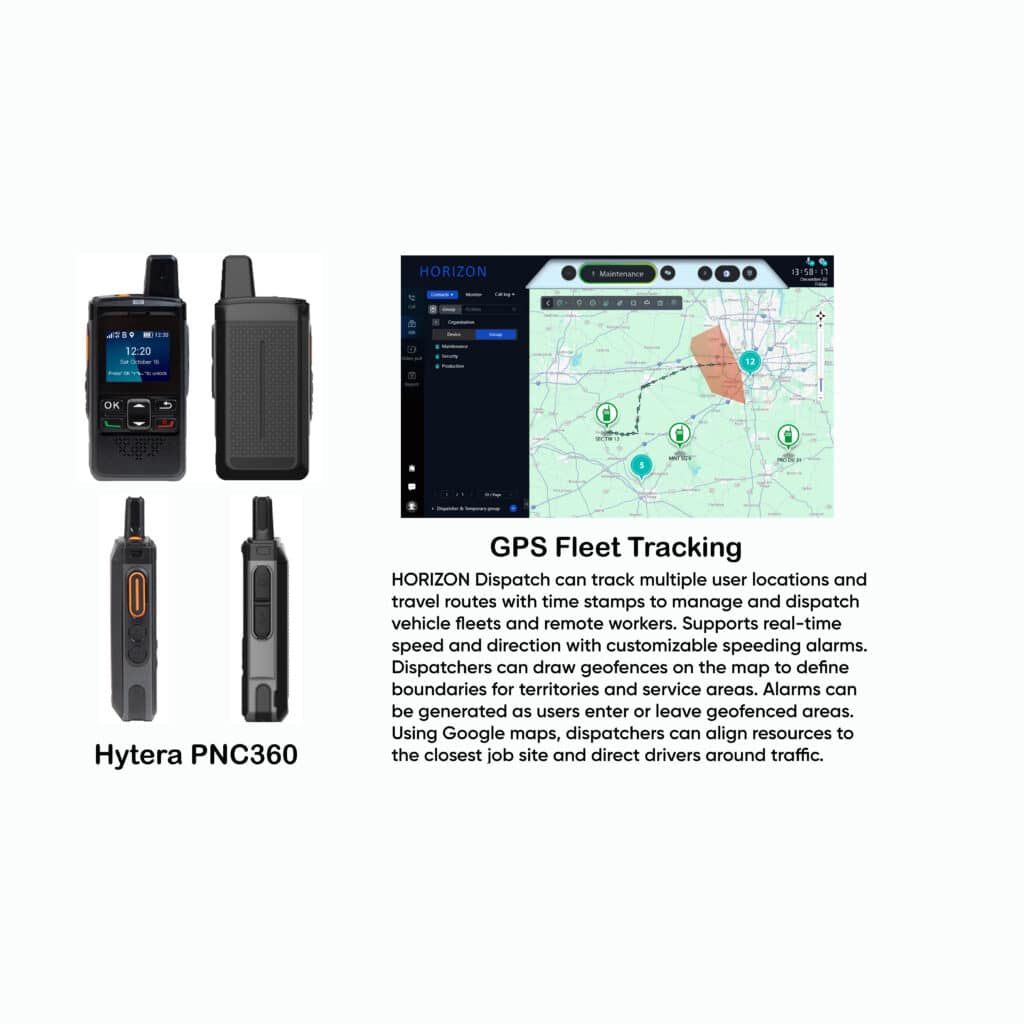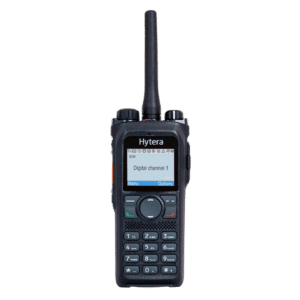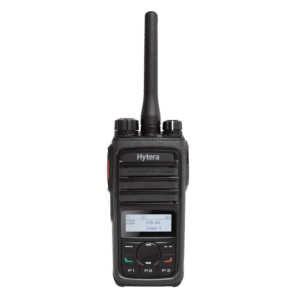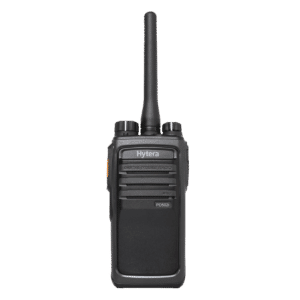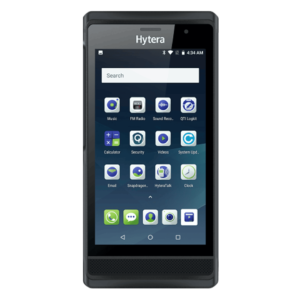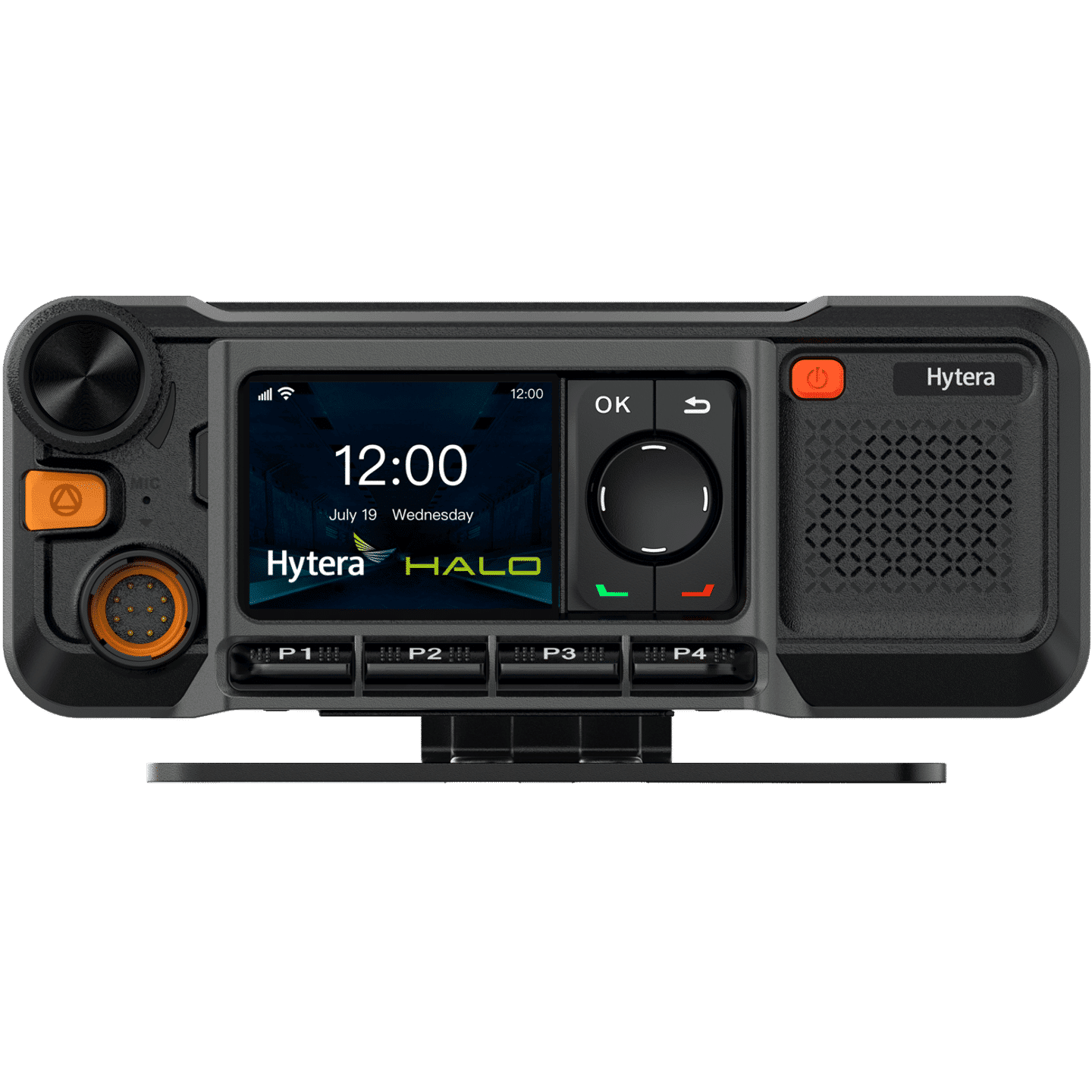In an era where instant communication where instant communication can make or break operations across various industries, Push-to-talk over cellular (PoC) has emerged as a highly effective and efficient solution for voice communication. PoC technology allows users to instantly connect with each other, replicating the simplicity of a traditional walkie-talkie but with the extended reach of cellular networks. By merely pressing a button, users can initiate real-time voice communication with one or more people, regardless of geographical distance, making PoC a valuable tool for industries such as transportation, warehousing, public safety, and more.
Understanding Push-to-Talk over Cellular (PoC)
At its core, Push-to-talk over cellular, also known as PoC or PTToC, leverages the existing infrastructure of cellular networks, so there’s no need for specialized radio towers, repeaters, or additional hardware to get started. This reliance on cellular connectivity allows PoC users to communicate instantly, with minimal delay, over any distance where cellular service is available. Compared to traditional two-way radios, PoC offers a much broader range, often extending globally, since it operates over the internet using cellular data or Wi-Fi.
How PoC Works
Push-to-Talk over Cellular (PoC) operates by leveraging the existing cellular infrastructure, including 4G, 5G, LTE, and Wi-Fi networks. It eliminates the need for specialized radio towers and hardware, unlike traditional radio systems. The core of PoC technology involves the conversion of voice into digital packets, which are then transmitted over cellular or Wi-Fi networks, and reassembled on the receiving end for nearly instantaneous communication.
At the heart of PoC systems are cloud-based servers and controllers that handle call management, connectivity, and processing. These cloud servers are accessible via the internet, connecting PoC devices through SIM cards or Wi-Fi networks. PoC controllers manage group calling, individual communication, and multimedia services such as video calls and GPS tracking.
Some PoC systems, like Hytera’s Horizon platform, utilize cloud services hosted on high-performance servers with geographical redundancy, ensuring continuous operation even during failures. This means users can rely on these systems for wide-area communications with minimal downtime.
Features of PoC
- Group Calling
One of the most powerful aspects of PoC is its ability to facilitate group communication. Users can:
- Create multiple talk groups for different teams or purposes
- Broadcast messages to entire groups simultaneously
- Switch between groups easily, allowing for flexible communication structures
This feature is particularly useful for industries like public safety, where coordinating large teams during emergencies is important. Whether it’s coordinating logistics or managing a team in the field, group calling ensures that everyone hears the same message at the same time.
- Half-Duplex and Full-Duplex Communication
Historically, PoC systems operated primarily in half-duplex mode, where only one person could speak at a time, similar to traditional walkie-talkies. This mode ensured clear, sequential communication, particularly useful in group settings and high-stress situations.
However, modern PoC systems, including those offered by Hytera, now support full-duplex communication, allowing users to engage in two-way conversations without waiting for the other party to finish speaking. Full-duplex mode brings the communication experience closer to traditional phone calls, offering more fluid, natural conversations.
- Real-Time Communication
The near-instantaneous nature of PoC communication makes it ideal for time-sensitive operations:
- Messages are delivered in real-time, with minimal latency
- Users can expect immediate responses, crucial for emergency situations
- The speed of communication helps in quick decision-making and rapid response scenarios
Every PoC conversation happens in real time, making it ideal for situations where instant response is needed. There’s no waiting for a connection or latency issues typical of other forms of communication.
- Multiple Group Management
Advanced PoC platforms offer sophisticated group management features:
- Users can belong to multiple talk groups simultaneously, such as a logistics team, a security group, and an emergency response unit
- Many platforms offer scanning features that allow monitoring of multiple groups in the background
- Priority scanning ensures critical messages are never missed
- Dynamic group creation allows for ad-hoc team formation as situations evolve
- Systems allow for easy switching between groups
- Centralized Administration
PoC systems often come with robust administrative tools:
- Web-based management consoles for easy user and group administration
- Control over user permissions and access levels, which is especially useful in industries like security or military operations, where sensitive information needs to be shared only with authorized personnel
- Real-time monitoring of system usage and performance
- Integration with existing IT systems for seamless management
- Cost-Effectiveness
Compared to traditional radio systems, PoC offers significant cost advantages:
- No need for specialized, expensive radio infrastructure, so low startup costs
- Utilizes existing smartphones or purpose-built, ruggedized PoC devices
- Scalable solutions that grow with your organization
- Reduced maintenance costs compared to traditional radio systems
- Enhanced Features Beyond Voice
PoC technology has evolved beyond simple voice communication, now supporting advanced multimedia features. In addition to traditional voice calls, modern PoC systems offer:
+ Video Calling: PoC devices equipped with cameras can initiate video calls, enabling face-to-face communication in real-time. This is particularly useful in industries such as public safety and logistics, where visual information can enhance decision-making.
+ Picture Sharing: Users can send pictures across PoC networks, a feature valuable for reporting issues or sharing visual updates on tasks and environments.
+ GPS tracking and location services: Modern PoC systems incorporate GPS functionality, allowing organizations to track the real-time location of their personnel and assets. This feature is particularly valuable in industries such as transportation, field services, and emergency response. GPS tracking enables:
- Improved resource allocation and dispatch efficiency
- Enhanced safety for lone workers or those in hazardous environments
- Route optimization for delivery and logistics operations
- Geofencing capabilities to define virtual boundaries and trigger alerts
- Historical location data for auditing and performance analysis
+ Text messaging and file sharing capabilities: PoC platforms now support robust messaging and file sharing features, enhancing communication flexibility:
- Instant text messaging for quick, non-verbal communication
- Group messaging for team-wide updates and coordination
- Ability to share various file types, including documents, spreadsheets, and PDFs
- Secure file transfer protocols to maintain data confidentiality
- Message prioritization and read receipts for critical communications
- Integration with mobile data terminals for seamless information flow
+ Integration with other communication systems (e.g., dispatch consoles): Modern PoC solutions offer interoperability with existing communication infrastructure:
- Seamless integration with traditional land mobile radio (LMR) systems
- Compatibility with computer-aided dispatch (CAD) systems
- Interface with IP-based dispatch consoles for centralized communication management
- Connection to enterprise telephony systems for unified communications
- API support for integration with third-party applications and IoT devices
- Ability to bridge different communication protocols and networks
+ Recording and playback of communications for training or legal purposes:
PoC systems now include advanced recording and playback features:
- Automatic recording of voice calls, video calls, and text messages
- Secure storage of communication logs with encryption and access controls
- Easy retrieval and playback of recorded communications for review
- Annotation and tagging capabilities for efficient searching and indexing
- Integration with quality assurance and training programs
- Compliance with legal requirements for communication retention in regulated industries
- Analytics tools for communication pattern analysis and performance improvement
These expanded features demonstrate how PoC technology has evolved into a comprehensive communication solution. By combining traditional push-to-talk functionality with advanced multimedia capabilities, GPS tracking, messaging, system integration, and recording features, PoC platforms offer a versatile and powerful tool for organizations across various sectors. This evolution enables businesses to streamline their operations, enhance collaboration, improve safety measures, and maintain compliance with industry regulations.
Industries Benefiting from PoC
The versatility of PoC technology makes it valuable across numerous sectors:
- Public Safety: Police, fire departments, and emergency medical services use PoC for coordinated response efforts.
- Transportation and Logistics: Trucking companies and delivery services rely on PoC for fleet management and driver communication.
- Construction: Job sites utilize PoC for coordination between workers, supervisors, and offsite management.
- Hospitality: Hotels and resorts use PoC for streamlined staff communication across large properties.
- Manufacturing: Factories employ PoC for efficient production line management and safety communications.
- Retail: Large retail operations use PoC for loss prevention, inventory management, and customer service coordination.
- Security: Private security firms leverage PoC for patrol coordination and incident response.
- Healthcare: Hospitals and medical facilities use PoC for quick staff communication and emergency response.
- Military: Armed forces utilize PoC for secure, real-time communication during operations, training exercises, and base management.
- Distribution and Warehousing: Large distribution centers and warehouses use PoC for coordinating inventory movements, managing staff, and optimizing operational efficiency.
Each of these sectors benefits from PoC’s unique combination of wide-area communication and ease of use.
The Providers
With the growing popularity of PoC technology, numerous providers have entered the market, each offering unique features and capabilities. In the following sections, we’ll dive deeper into various PoC platforms, features, ease of use, pricing models, and suitability for different industries to help you determine which solution best fits your organization’s needs.
To start things off, here’s a list of some better-known, PoC platforms, along with a brief comment about each one’s suitability for different industries and standout features:
- Hytera MNC360 (Offered by Cardinal Communications)
Industry Suitability: Transportation, logistics, field services, and public safety.
Description: The Hytera MNC360, offered by Cardinal Communications (www.Cardinalcomms.com), is a professional-grade PoC mobile radio solution designed for clear push-to-talk communication, instant group calling, and location tracking. It’s particularly well-suited for fleet dispatching and complies with Department of Transportation (DOT) regulations for safe communication while driving.
Key Features:
- Nationwide coverage with 4G/LTE networks
- Industry-leading voice quality with digital noise suppression
- Supports instant group and individual calling
- Compact and rugged design for durability in harsh environments
- GPS location tracking integrated with web-based dispatching app
- DOT-compliant for legal use while driving, unlike cell phones or tablets
Standout Strengths: DOT compliance, durability, and integration with professional dispatching software.
Who It’s Best For: Companies in transportation, logistics, and field services that require DOT-compliant communication solutions with advanced dispatching capabilities.
Competitive Edge: The Hytera MNC360’s compliance with DOT regulations, combined with its rugged design and integration with professional dispatching software, makes it an excellent choice for industries where safe, reliable communication is critical, especially during vehicle operation.
Note that this is just one of many devices supported on the HORIZON PoC platform.
- Kodiak Networks (Carrier-integrated PoC)
Industry Suitability: Public safety, transportation, logistics, and large enterprises.
Description: Kodiak Networks is a carrier-integrated PoC platform, acquired by Motorola Solutions in 2017. This platform delivers instantaneous 1-to-many and 1-to-1 voice communications cost-effectively over 4G/LTE, 3G, and Wi-Fi . Kodiak’s mission-critical PTT (MCPTT), is compliant with 3GPP standards. Dutch telecom provider KPN The Kodiak RTX System is a multi-generation, carrier-grade solution that interoperates across wireless and landline network access technologies. This PoC solution works seamlessly with major carriers such as AT&T, Verizon, and Bell. It offers low-latency communications, priority calling, and many enterprise features such as LMR integration, dispatch consoles, and GPS tracking. This platform is designed for industries where reliability and performance are mission-critical.
Standout Feature: Excellent carrier integration and enterprise-grade features, ideal for large organizations.
Standout Strengths: Enterprise-grade features with excellent carrier integration and LMR interoperability, with low-latency communications.
Who It’s Best For: Public safety, transportation, logistics, and large enterprises that require reliable and low-latency communication.
Competitive Edge: As a carrier-integrated platform with a strong reputation for reliability and performance, Kodiak Networks stands out in large-scale enterprise environments and industries where mission-critical communication is essential.
- Diga-Talk+ DTP-8051 (Coming Soon to Cardinal Communications)
Industry Suitability: Commercial users, public safety, FirstNet extended primary users.
Description: The Diga-Talk+ DTP-8051, soon to be offered by Cardinal Communications, is a dedicated PoC device available for both commercial users and FirstNet extended primary users. Diga-Talk+ is the largest privately held push-to-talk provider in the United States, offering PoC over the nation’s largest and fastest 4G LTE wireless network.
Key Features:
- Compatible with FirstNet for public safety agencies and first responders
- Utilizes the nation’s largest and fastest 4G LTE wireless network
- Supported by a network of two-way radio dealers for local assistance
- Designed for critical connectivity with high reliability and security
- Cost-effective solution for wide-area communication needs
Standout Strengths: FirstNet compatibility, extensive network coverage, and local support through dealer networks.
Who It’s Best For: Public safety agencies, first responders, and commercial users requiring reliable, secure, and cost-effective wide-area communication.
Competitive Edge: The combination of FirstNet compatibility, extensive network coverage, and local support through Cardinal Communications and other dealers makes the Diga-Talk+ DTP-8051 a strong contender in the public safety and commercial PoC market.
What Works for You
When choosing a PoC platform, consider the factors such as:
- Your industry-specific requirements
- The size and geographic spread of your organization
- Need for integration with existing systems
- Security and compliance requirements (including DOT regulations for vehicle use)
- Budget constraints
- Desired features (e.g., video, GPS tracking, dispatch capabilities)
- Compatibility with networks like FirstNet for public safety users
By carefully evaluating these factors against the features offered by each platform, you can select the PoC solution that best fits your organization’s unique communication needs. For industries requiring DOT-compliant solutions or FirstNet compatibility, the offerings from Cardinal Communications, such as the Hytera MNC360 and the upcoming Diga-Talk+ DTP-8051, provide excellent options that combine reliability, compliance, and advanced features.
To learn more about these solutions and how they can benefit your organization, visit www.Cardinalcomms.com or contact Cardinal Communications directly for personalized assistance in choosing the right PoC platform for your needs. ■
Cardinal Communications is Ready to Help You
Cardinal Communications (http://cardinalcomms.com) wants you to explore our portfolio of high-quality headsets and other audio accessories to find the one that best suits your needs.

